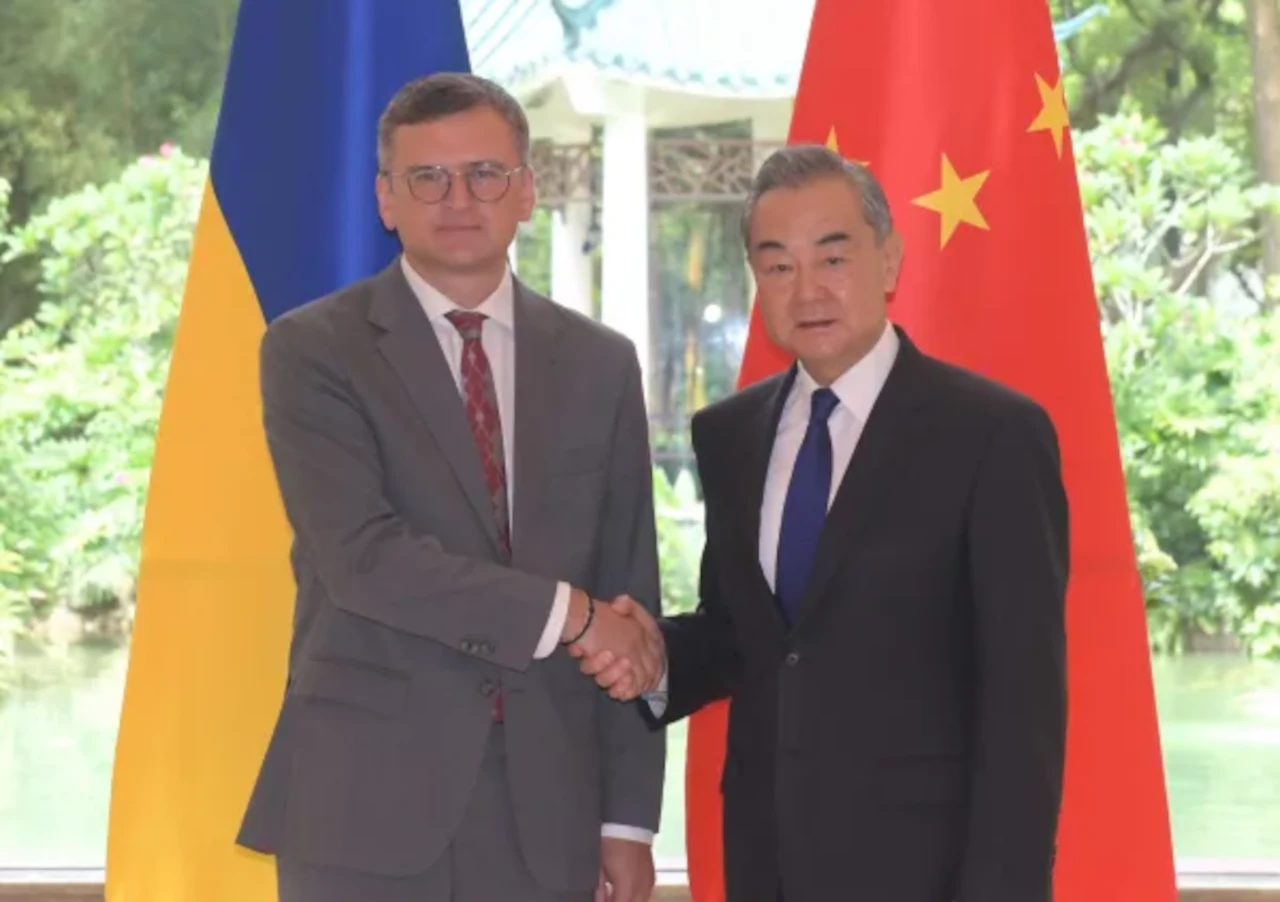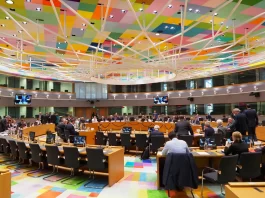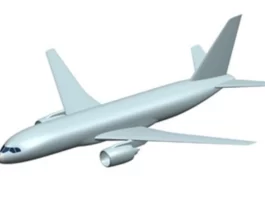On April 4, 2023, Finland officially joined NATO. Following its accession into the North Atlantic Alliance, the length of the common frontier between NATO and Russia has doubled to 2,600 kilometres. Finland, the 31st state to join the Western defence alliance against the backdrop of the February 2022 Russian invasion of Ukraine, shares a 1,300-kilometer northern border with Russia.
From the Barents Sea in the north to the Gulf of Finland in the south, Finland’s border with Russia consists primarily of forests, with few significant settlements. The border is largely undefended.
The state Finnish Armed Forces
According to military estimates from the NATO headquarters in Brussels, the Finnish army can independently secure its borders. The military forces on the new northern flank of NATO are considered to be well-trained, motivated, and well-prepared. Finland has always maintained universal male conscription and has approximately 24,000 active-duty soldiers and over 900,000 trained reservists. Finland’s Land, Naval, and Air Forces could be expanded by an additional 280,000 personnel in the event of an attack.
Given Finland’s small population of 5.5 million, this is a relatively substantial and formidable army. In comparison, Germany, with a population of 82 million and no conscription, has 183,000 military personnel and 30,000 reservists in the Bundeswehr.
Since the late 1990s, the country has been actively replacing Soviet-issued armaments with modern NATO and Swedish models. The massive acquisition of German Leopard tanks to supplant modernised Soviet T-54s began in the first decade of the twenty-first century. According to Military Review, Finland purchased 224 tanks of the Leopard 2A4 and Leopard 2A6 variants from Germany and the Netherlands. (indicating, however, that some of these are in reserves).
According to a report from the Finnish military ministry, the country will have two hundred Leopard main battle tanks, nearly 1,300 armoured personnel carriers, and infantry combat vehicles of various Soviet, Swedish, and domestic designs by 2023. Also specified are 792 units of self-propelled and towed artillery and up to fifty MLRS from the Czech Republic and the United States—minimum of 310 anti-aircraft weapons and air defence systems.
Aviation, which for a long time relied on Soviet Mi-8s, has been deemed the “weak link” of the Finnish ground forces. However, since the beginning of the 2010s, Helsinki has been actively acquiring unmanned vehicles. Approximately 3,000 sailors and up to 30,000 coastal forces reservists form the backbone of the Navy.
There are 338 thousand square kilometres of land and adjacent waters of the Gulf of Bothnia and, more significantly, the Gulf of Finland. If the Finnish Navy is not a significant military force, the ports and coast of the Gulf of Finland are of strategic importance.
The land Islands between Finland and Sweden is an exception to military use thus far. This area has been demilitarised since 1856, and its status was confirmed by the 1947 Paris Peace Treaty. The Saimaa Canal connects Lake Saimaa in Finland to Vyborg Bay in Russia. Finland leases approximately 20 kilometres of the Russian portion of the canal under a 1962 contract valid until 2063. However, even theoretically, NATO cannot use the channel. In May of 2002, Governor of the Leningrad Region Alexander Drozdenko warned that Finland’s induction into the alliance could complicate the channel-rental process.
NATO will become more powerful
NATO Secretary General Jens Stoltenberg praised Finland, the newest member of the alliance, for not slashing funding for the military after the end of the Cold War. Now Finland will receive security guarantees for all Western Defense Alliance members, but “Finland is also making NATO stronger,” Stoltenberg emphasised. For example, NATO can now rely on sixty modern Boeing F/A-18C Hornet fighters from the Finnish Air Force.
Finns, according to Stoltenberg, have an exceptionally high level of preparedness for resistance and defence. Finland has accumulated a sizable army as a neutral nation, having fought the Soviet Union in the winter of 1939-1940. The Soviet Union subsequently seized ten per cent of Finland’s territory.
Moscow announces retaliatory measures
According to the NATO headquarters in Brussels, the Finnish Armed Forces are compatible with NATO standards and can be integrated into all areas. Stoltenberg did not respond when asked which NATO units Finland would like to join on the eastern periphery of the alliance and which alliance structures could be transferred to Finland.
In Moscow, Alexander Grushko, deputy director of the Russian Foreign Ministry, stated that Russia would increase its military presence in the country’s northwestern region in response to Finland’s entry into NATO. Russia will bolster its military capabilities in the western and northwestern hemispheres. RIA Novosti quoted Grushko as saying that Russia will take additional measures to guarantee Russian military security if NATO forces and assets are deployed in Finland.
It is important to note that the NATO forces can only be deployed upon the host country’s invitation.
The change in administration in Helsinki following the April 2 parliamentary elections will not affect Finland’s course towards NATO. On this issue, the political factions in the country are in agreement. Unlike in the past, the Finnish government’s policy towards Russia is expected to be founded on containment rather than dialogue with Moscow.
The addition of Finland to NATO has brought the alliance near St. Petersburg, the second largest city in Russia. Before this, Estonia, situated southwest of St. Petersburg, was the only NATO member state close to the Russian metropolis.






